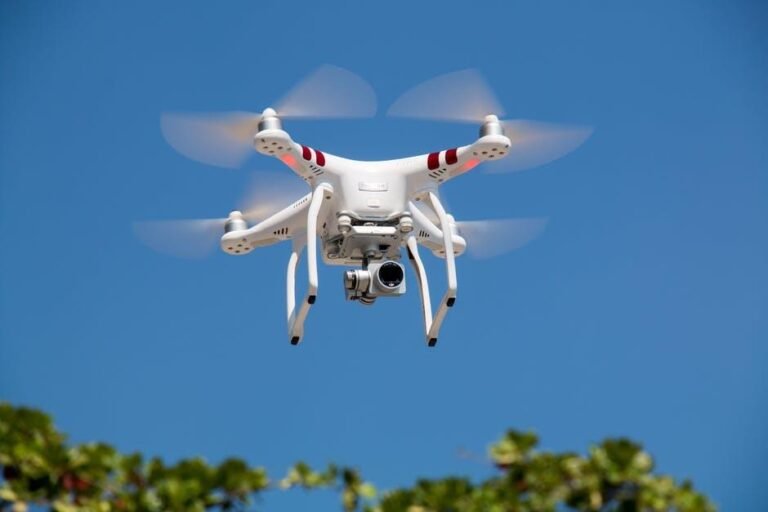Have you ever wondered how far drone technology has come in recent years? From hobbyists to high-end professionals, drones are now powerful tools in many industries.
Their features go beyond simple flying, offering high-quality imaging, precise navigation, and AI-powered capabilities. Professionals use them in construction, agriculture, filmmaking, and even emergency response.
These small flying machines are changing the way many jobs get done. Staying up to date with drone innovation is essential for those who want to keep a competitive edge.
This blog explores what’s new and what’s next in professional drones. Keep on reading!
Smarter Navigation and Obstacle Avoidance
Modern drones now come with advanced sensors that help them avoid obstacles in real time. These sensors allow the drone to “see” and respond to its environment for safer flight paths.
Many models use GPS, vision systems, and infrared for accurate navigation. Some drones can even plan routes on their own using smart algorithms. This makes them more reliable and easier to fly, even in complex settings.
Improved Battery Life and Flight Time
One of the biggest changes in drone tech is better battery life. Professional drones can now stay in the air longer without needing to recharge.
New lithium-silicon batteries and efficient motors help extend flight times. Some drones can fly up to 55 minutes on a single charge. This lets professionals get more done with fewer interruptions.
High-Resolution Cameras and Imaging
Cameras on professional drones have become incredibly powerful. They can now shoot in 4K, 8K, and even capture thermal images. This is helpful for tasks like land surveying, search and rescue, and inspection.
Some cameras also offer zoom, wide-angle, and night vision features. The quality of drone footage now rivals that of ground-based cameras.
AI and Machine Learning Integration
A lot of what drones do is controlled by artificial intelligence (AI). Drones use AI to look at pictures, find patterns, and make choices. If you want to keep an eye on crops, buildings, or wildlife, this can help.
Drones can get better at what they do over time with machine learning. These smart features help you save time and make fewer mistakes.
Rugged Design for Tough Environments
Drones used by professionals are now made to work in harsh conditions. A lot of them don’t get wet, blow away, or collect dust.
Their tough frames keep fine parts like sensors and cameras safe. In other words, drones can be used in places that are hot, wet, or rainy. Professionals can use drones in almost any setting now that they have these updates.
Industry-Specific Customizations
Some drones are made for specific industries and tasks. In agriculture, drones can spread seeds and monitor crop health.
In construction, they measure land and track progress on large projects. Emergency teams use drones to search for missing people or inspect dangerous areas.
The DJI Matrice 400 drone is one example designed with custom payloads for these types of missions. These specialized drones make work faster, safer, and more accurate.
Staying Ahead with Drone Technology
Professional drone technology is advancing at a rapid pace, opening new doors across industries. From smarter navigation to rugged designs, today’s drones are built to tackle real-world problems with precision.
Their ability to work in hard conditions and capture high-quality data makes them valuable tools. As innovation continues, drones will only become more essential in many fields.
Keeping up with these trends helps businesses stay efficient and competitive. Whether you’re in farming, construction, or film, the future of drone tech is brighter than ever.
Did you like this guide? Great! Please browse our website for more!

